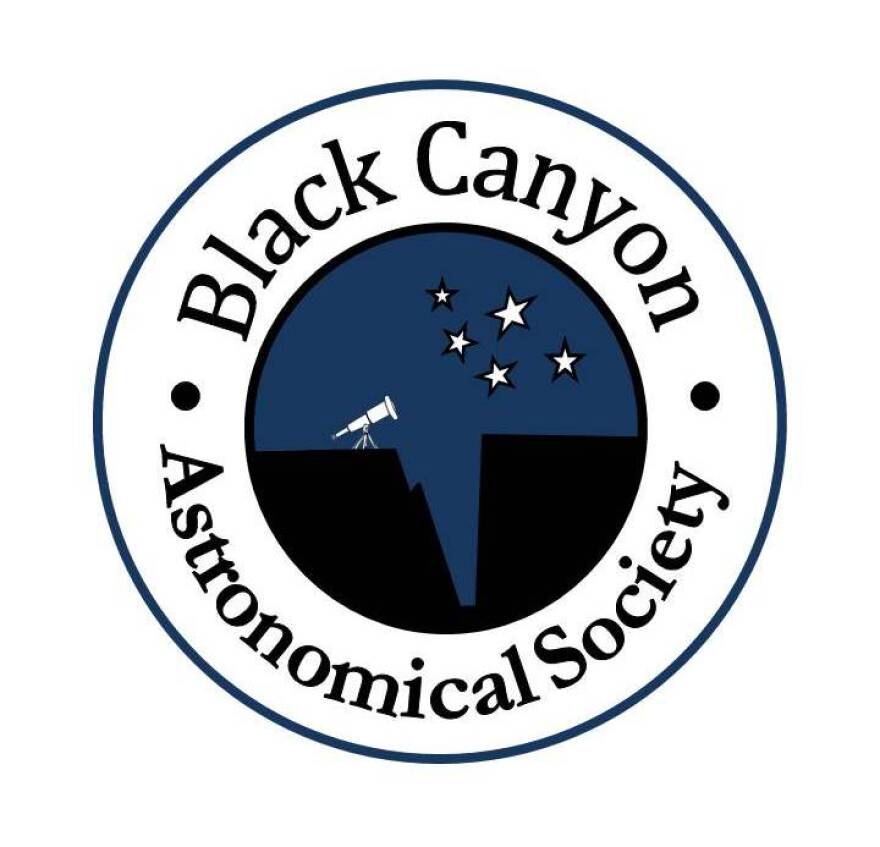Gazing into the depths of the night sky, where distances are measured not in miles but in light years, it’s easy to feel that everything is impossibly far away and ultimately apart from us. Take Corvus, a constellation best seen in spring by looking south. Of its 4 brightest stars, the most distant from earth is Minkar, at 303 light years. Somewhat closer, Algoreb is still an impressive 87 light years away. At these distances, you could live a lifetime and not know that one of its stars has died, still seeing its traveling light long after the star itself has ceased to exist.
Despite the distance that separates our eyes from Corvus, the stories that this constellation tells bring it much closer to us. In a popular Greek myth, Corvus was ordered by his master Apollo to fetch a cup of water from a sacred spring. After becoming distracted by the fruit of a fig tree and abandoning his task, Corvus lies to Apollo, blaming a serpent for his failure. Although Corvus is cunning, Apollo sees through the lie and condemns him to be forever fixed in the night sky, tortured by eternal thirst. Corvus sits above Hydra, the Snake, and follows, but can never reach, Crater, the Cup.
Much like Corvus, crows, which belong to the genus corvid, are exceptionally cunning. Observing this brings Corvus even closer and can be as simple as looking out a window. Crows are known problem-solvers and some species, like the New Caledonian crow, are especially skilled at using and creating tools. Crows have even been spotted placing hard-shelled nuts on roadways. Cars then run over the nuts, allowing the birds to access the fleshy fruit inside.
Of the 88 official constellations, many are like Corvus. They are where stars, stories and science converge. We use them to put little pieces of our world into the night sky, helping us to feel a sense of belonging in a universe where distances are light years wide.

Western Slope Skies is produced by the Black Canyon Astronomical Society. This episode was written and recorded by Ranger Jeremy Stringfield from Black Canyon of the Gunnison National Park.


